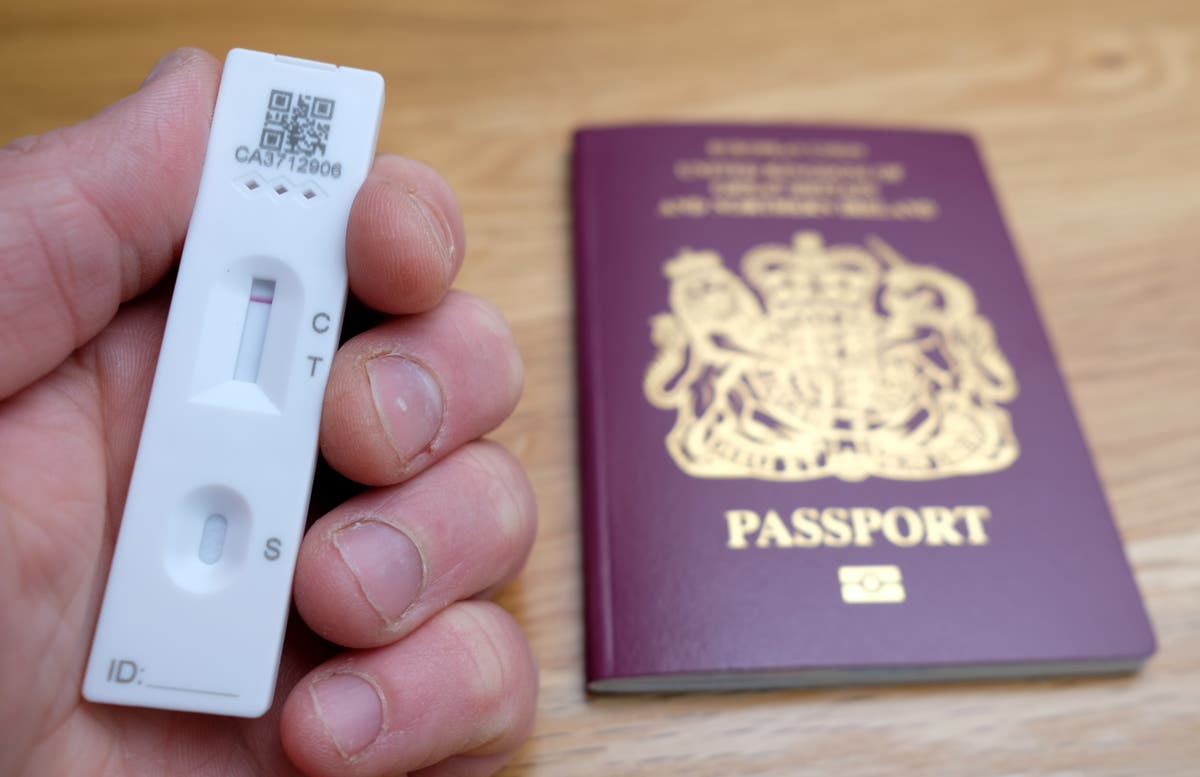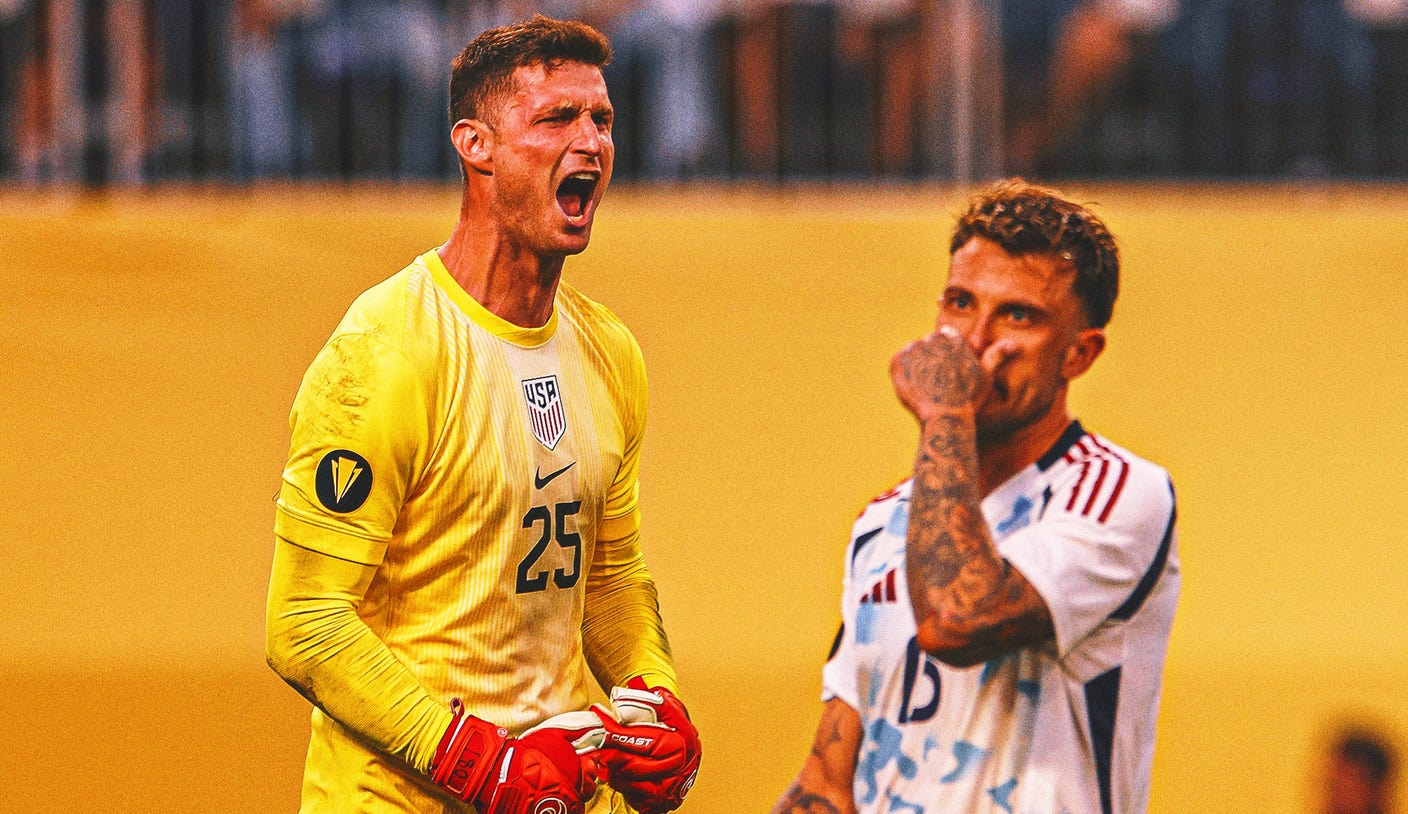How the NFL's New Kickoff Rules Work
Will the "dynamic kickoff" make football less boring and dangerous?


Credit: Gorodenkoff/Shutterstock
If you're like me, you turned on the first game of the new NFL season this week and immediately shouted, "The kickoff is wrong! What the crap is going on?" Don't panic: The National Football League has changed the rules for the kickoff for the 2024 season. The "dynamic kickoff" aims to create a safer and more action-packed start to a series of downs.
What are the rules of the NFL's "dynamic kickoff?"
The first thing you'll notice about the dynamic kickoff is the starting position of the players. Like the classic kickoff, the kicker starts the play behind the 35-yard line, but everyone else will be lined up differently. They're arranged around two zones—the "landing zone" between the receiving team's end zone and the 20-yard line, and "The set-up zone" between the 30- and 35-yard lines of the receiving team.
The kicking team's starting position
The ten non-kickers on the kicking team line up on the receiving team's 40-yard line (called the "kickoff start line") and wait. They aren't allowed to move until the kicked ball either touches a player on the opposing team or touches the ground.
The receiving team's starting position
The receiving team must have either one to two players in the landing zone. The other nine or 10 players are stationed in the set-up zone, between their 30- and 35-yard lines, with seven players required to be on the 35-yard line itself. Only the players in the landing zone are allowed to move before the ball touches a player or the ground.
How the dynamic kick-off works
Once everyone is in place with most players only 10 yards from each other, the kicker launches ball. How the rest of the play goes depends on where the kick lands and the receiver's choices. Here's how it breaks down:
If the kick falls short of the the landing zone or goes out of bounds, the receiving team starts the series on the 40-yard line.
If the kick lands in the end zone, the receiving team can either return it for as many yards as they can get, or choose a touchback and start the series on the 30-yard line.
If the kick goes past the end zone, the receiving team starts on the 30-yard line.
If the ball hits the ground in the landing zone then travels into the end zone, the receiving team can try to return it or opt for a touchback and receive the ball on the 20-yard line.
A kick that lands in the landing zone and doesn't travel into the end zone must be returned. Presumably, this lets the kicking team try to pin the opposing team at the back of the field, and forces the receiving team to run instead of going for a touchback.
The NFL made some serious changes to the onside-kick rule this season, too. The "last hope" play where the kicking team tries to recover its own kickoff will be even harder to complete this season: Only the losing team in the fourth quarter can try for an onside kick, and they have to declared it before it's run.
Why were NFL's the kickoff rules changed?
The NFL changed the rules kickoffs for two main reasons:
Old kickoffs are dangerous: More injuries, particularly concussions, are caused on kickoffs than on any other type of play—two groups of big men running at each other will do that. Many of those injuries are especially pointless. Since the kicking team's players have time to rush toward the receiving team while the ball is in the air, collisions between players (and the injuries that result) often happen even if the receiving team opts for a touchback.
Old kickoffs are boring: About half of all old-school kickoffs end in touchbacks, with the receiving team starting at the 25-yard line. The average return is around 22 yards, so whether the receiver runs it back or not, the receiving team will usually start their drive around the same place on the field.
The dynamic kickoff is designed to solve both problems. Opposing players begin the play much closer together, so there's less momentum to any collisions, and, in theory, in fewer injuries. The new kickoff rules also encourage more returns, in theory, which most fans agree are more interesting than touchbacks.
How is the NFL's new kickoff rule working so far?
Whether this will work or not remains to be seen, but the early feedback from the rule change is mixed. Things looked promising in the preseason. In 49 preseason games, 70.5% of kickoffs were returned; under the old rules, 54.8% of preseason kickoffs were returned. Things went differently in the first game of the 2024 season, though. In the opener between the Chiefs and Ravens, there were 11 kickoffs, nine of which were touchbacks.
Another interesting result of the rule changes in preseason: Kickers made 11 tackles plus assists, about twice as many as were made under the old rules in the previous season. This stat alone is enough reason for me to be in favor of the new rules. There's nothing more dramatic and potentially hilarious than a kicker trying to make a tackle.

Stephen Johnson
Staff Writer
Stephen Johnson is a Staff Writer for Lifehacker where he covers pop culture, including two weekly columns “The Out of Touch Adults’ Guide to Kid Culture” and “What People are Getting Wrong this Week.” He graduated from Emerson College with a BFA in Writing, Literature, and Publishing.
Previously, Stephen was Managing Editor at NBC/Universal’s G4TV. While at G4, he won a Telly Award for writing and was nominated for a Webby award. Stephen has also written for Blumhouse, FearNET, Performing Songwriter magazine, NewEgg, AVN, GameFly, Art Connoisseur International magazine, Fender Musical Instruments, Hustler Magazine, and other outlets. His work has aired on Comedy Central and screened at the Sundance International Film Festival, Palm Springs International Film Festival, and Chicago Horror Film Festival. He lives in Los Angeles, CA.

 ValVades
ValVades 


































